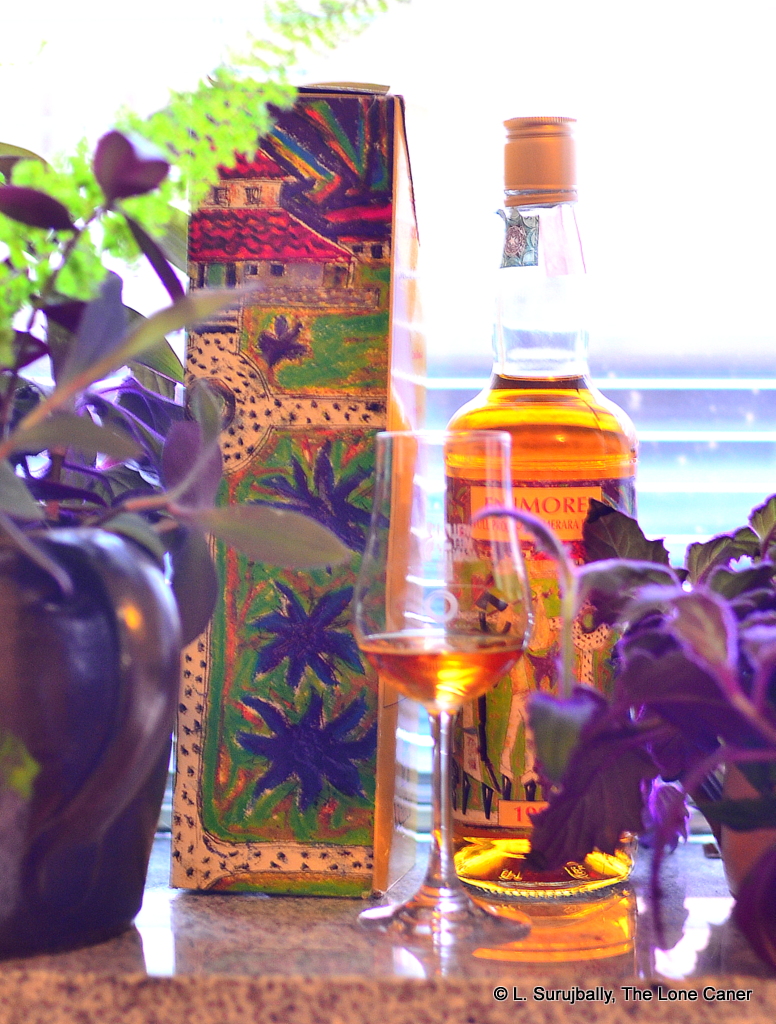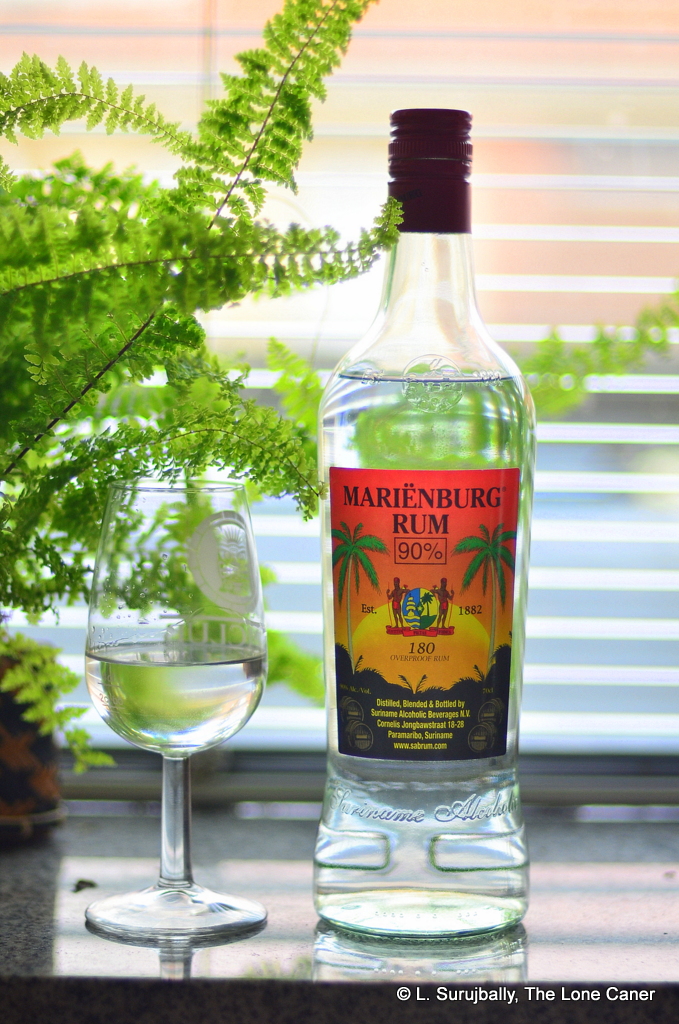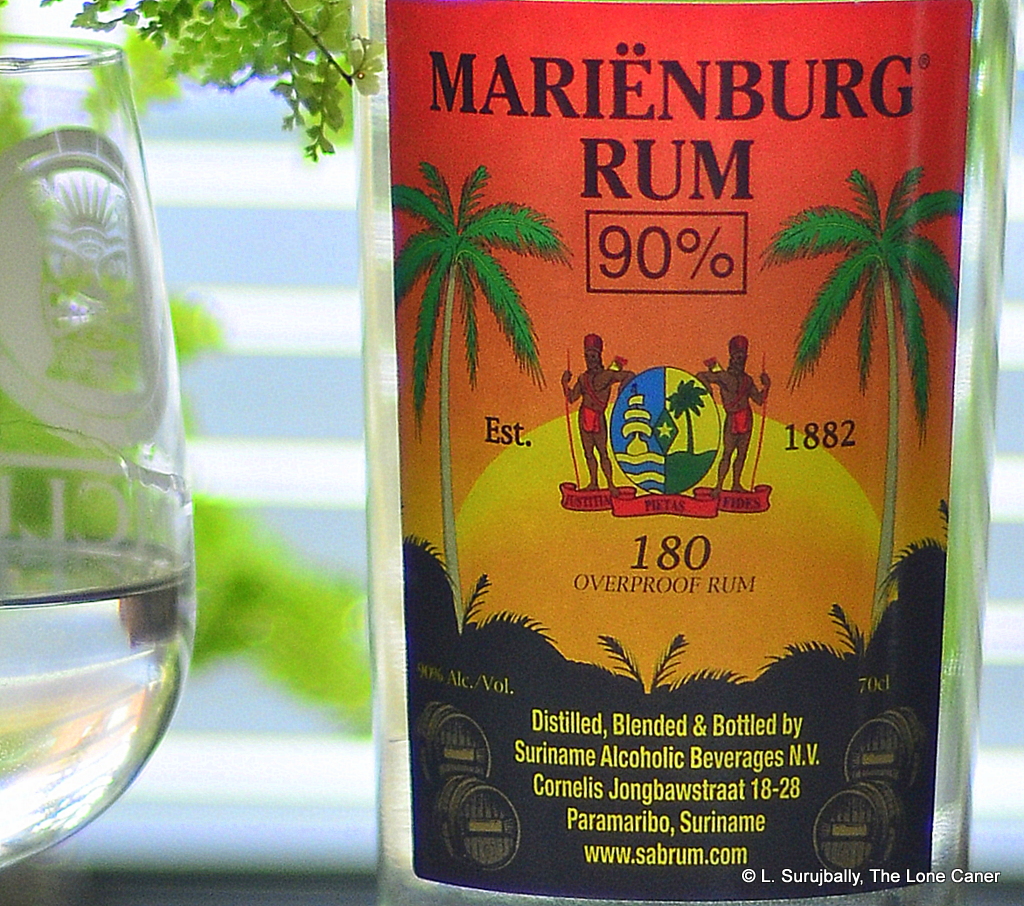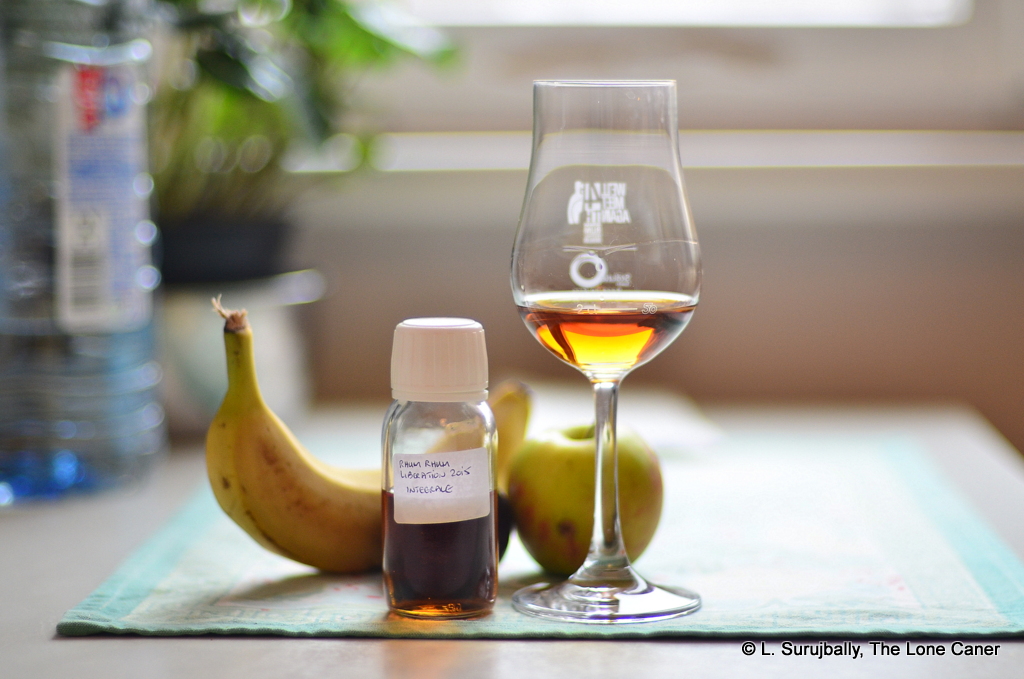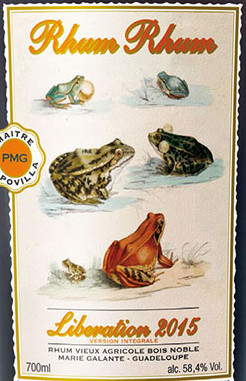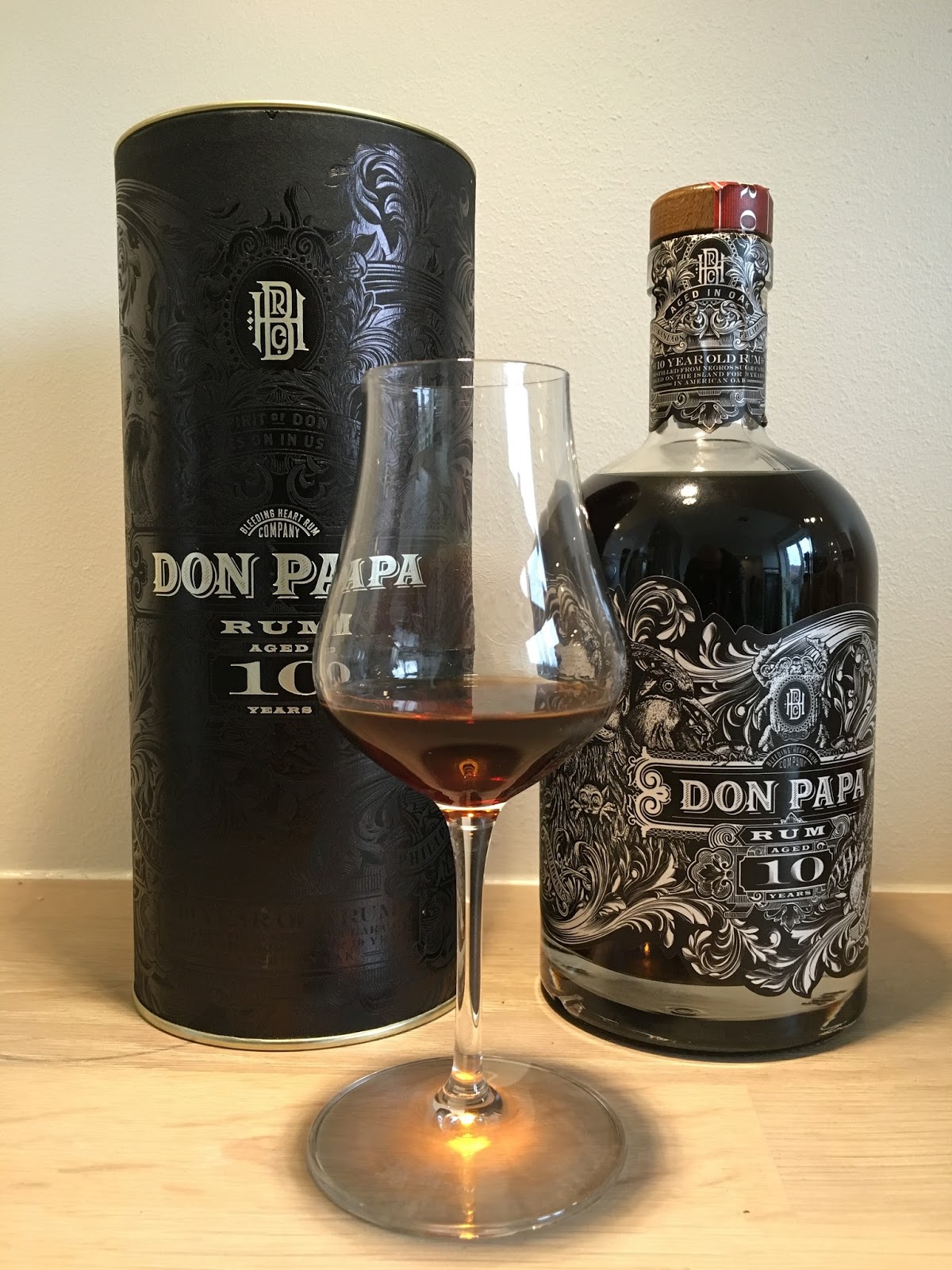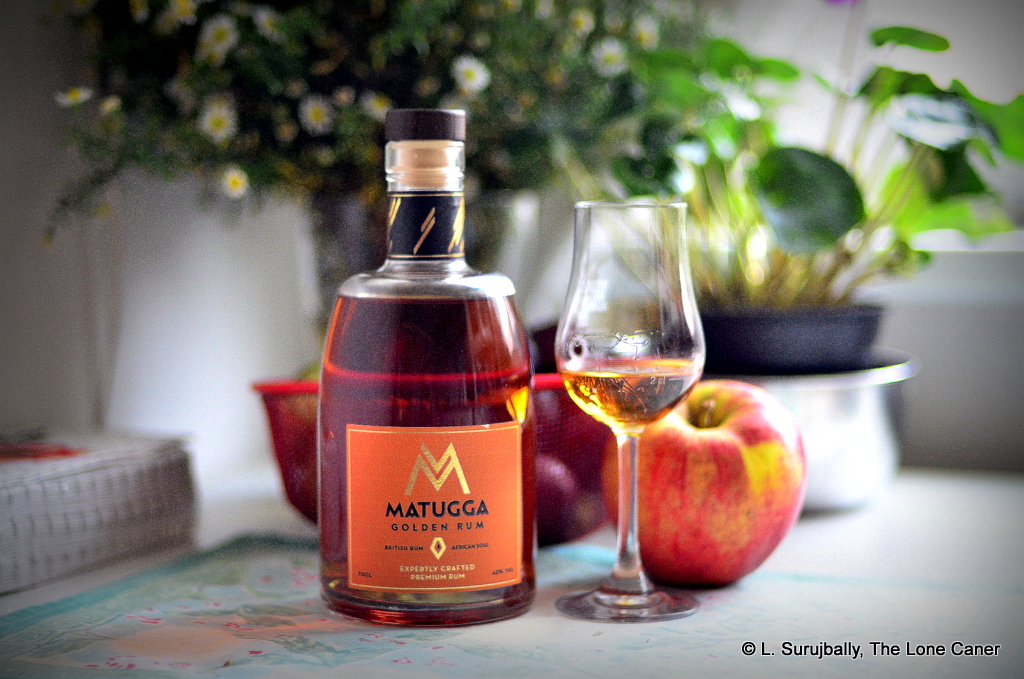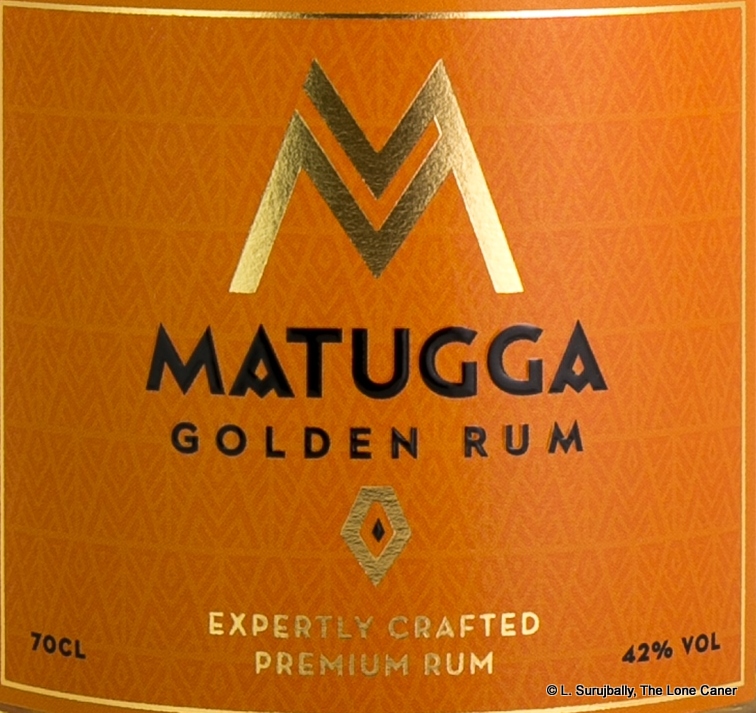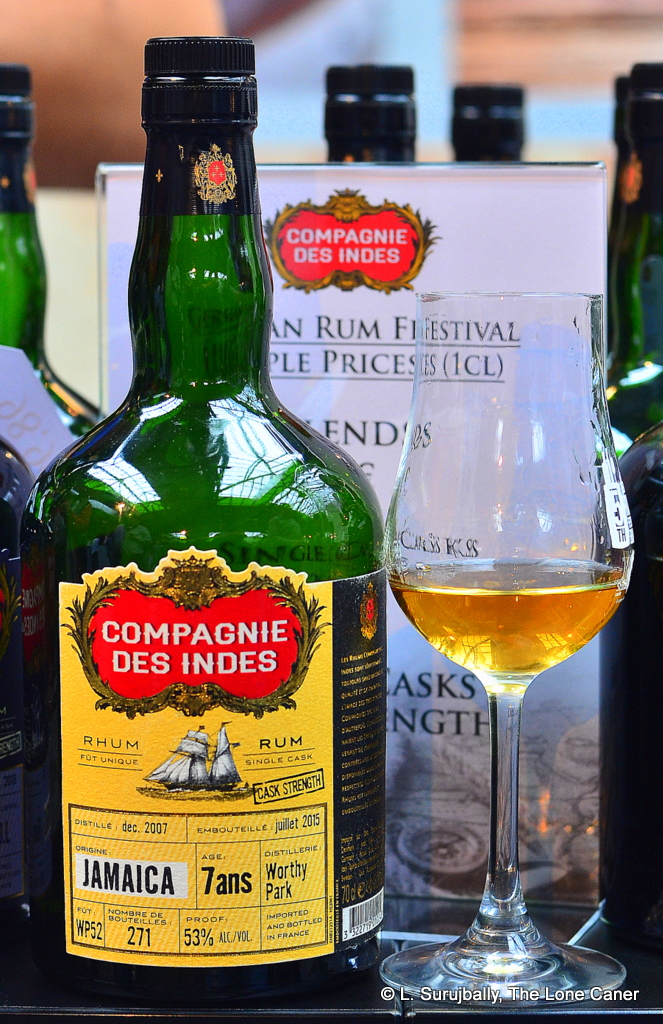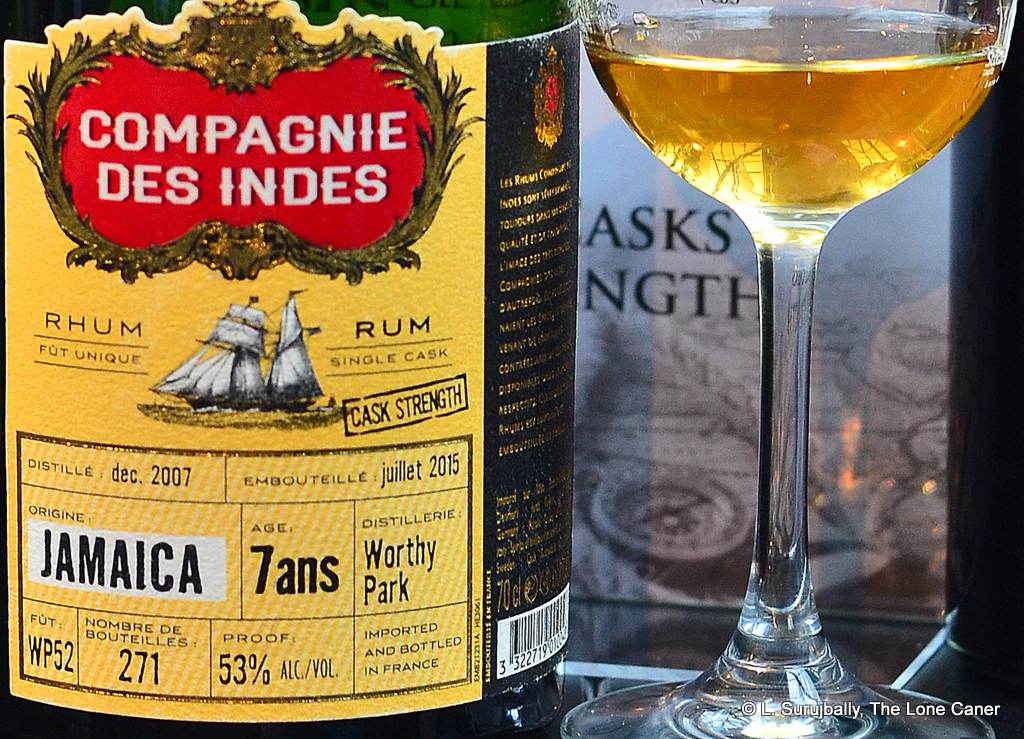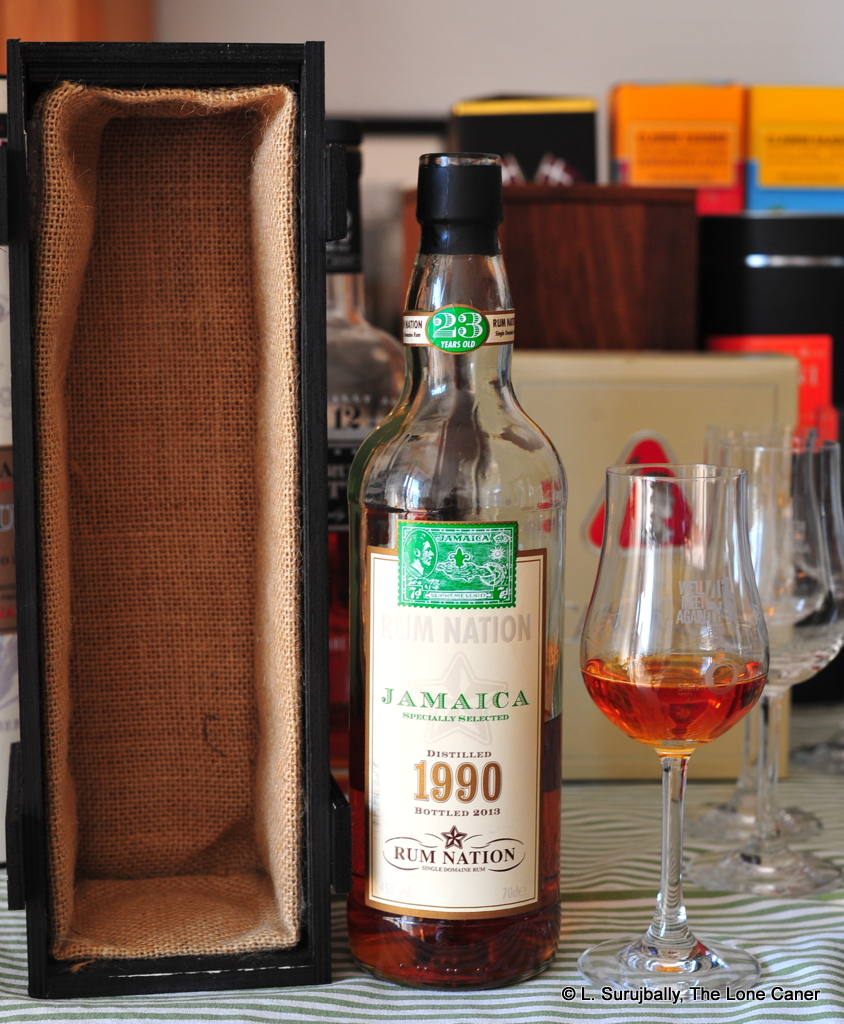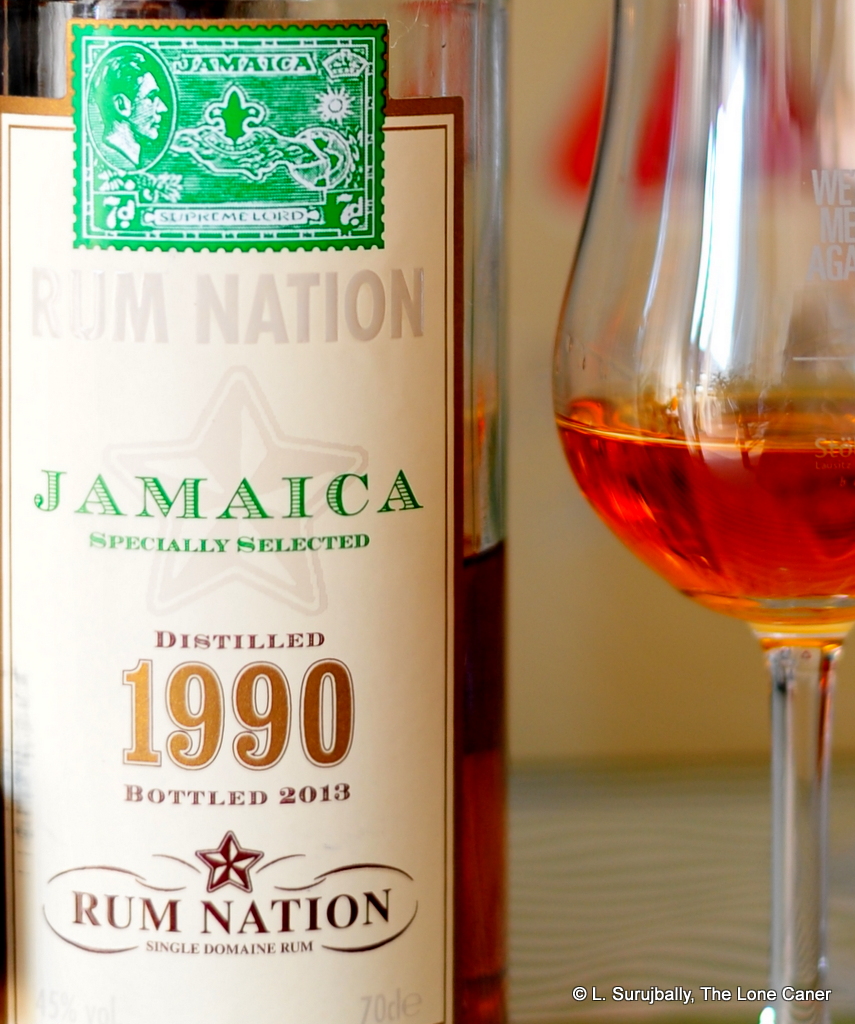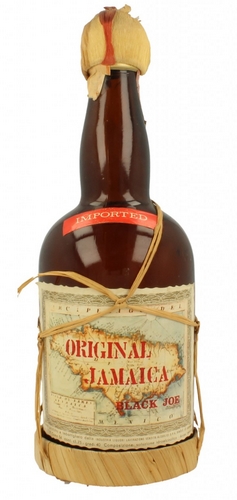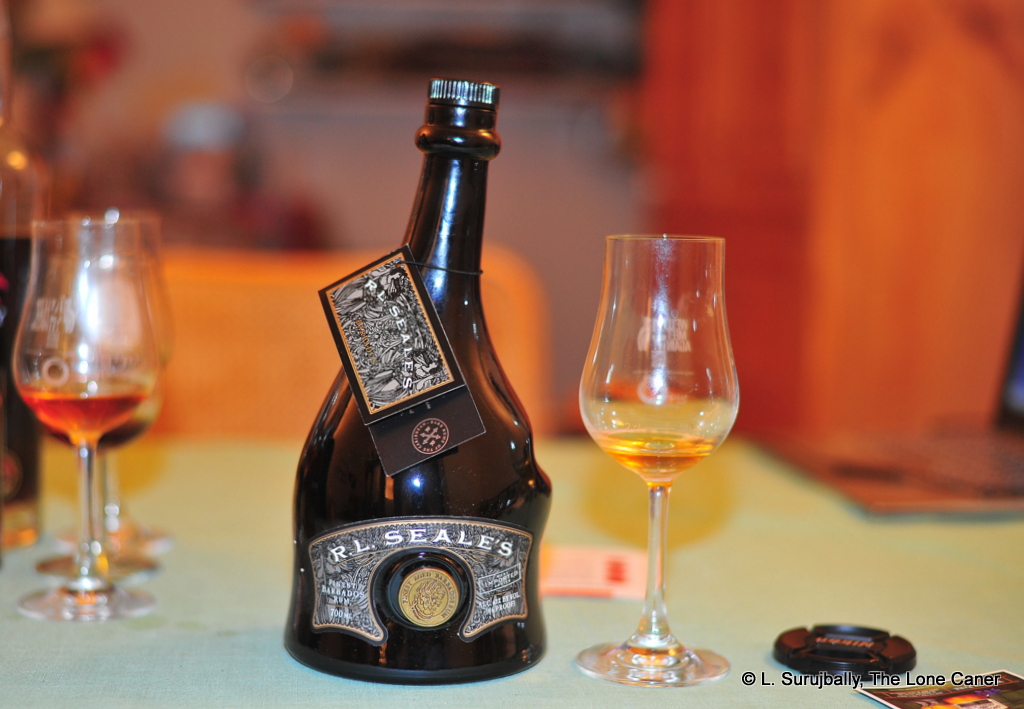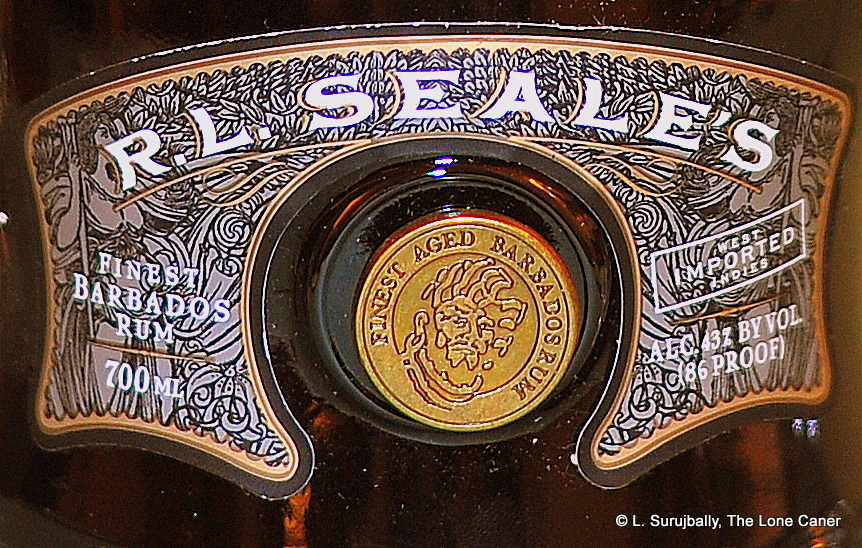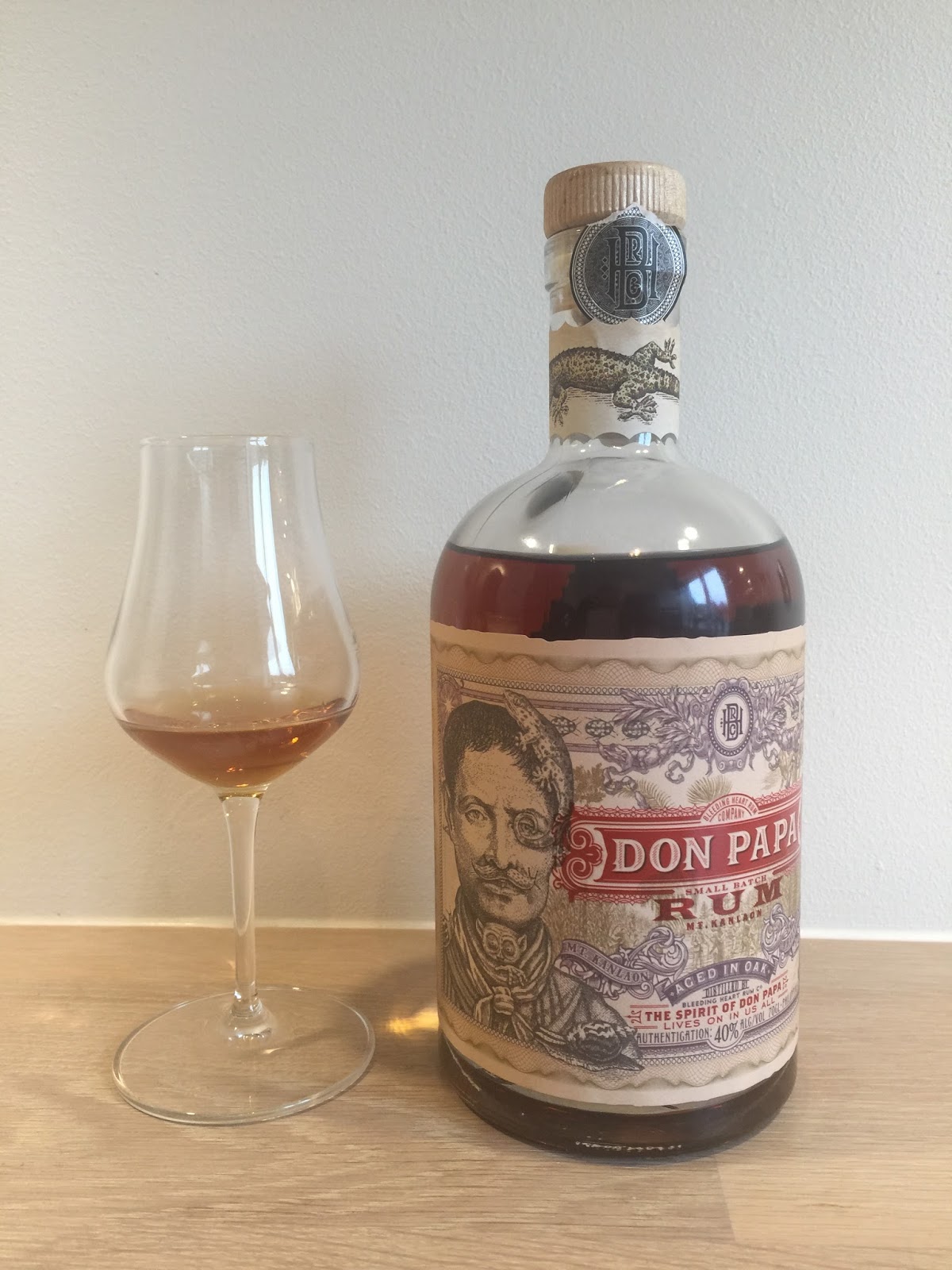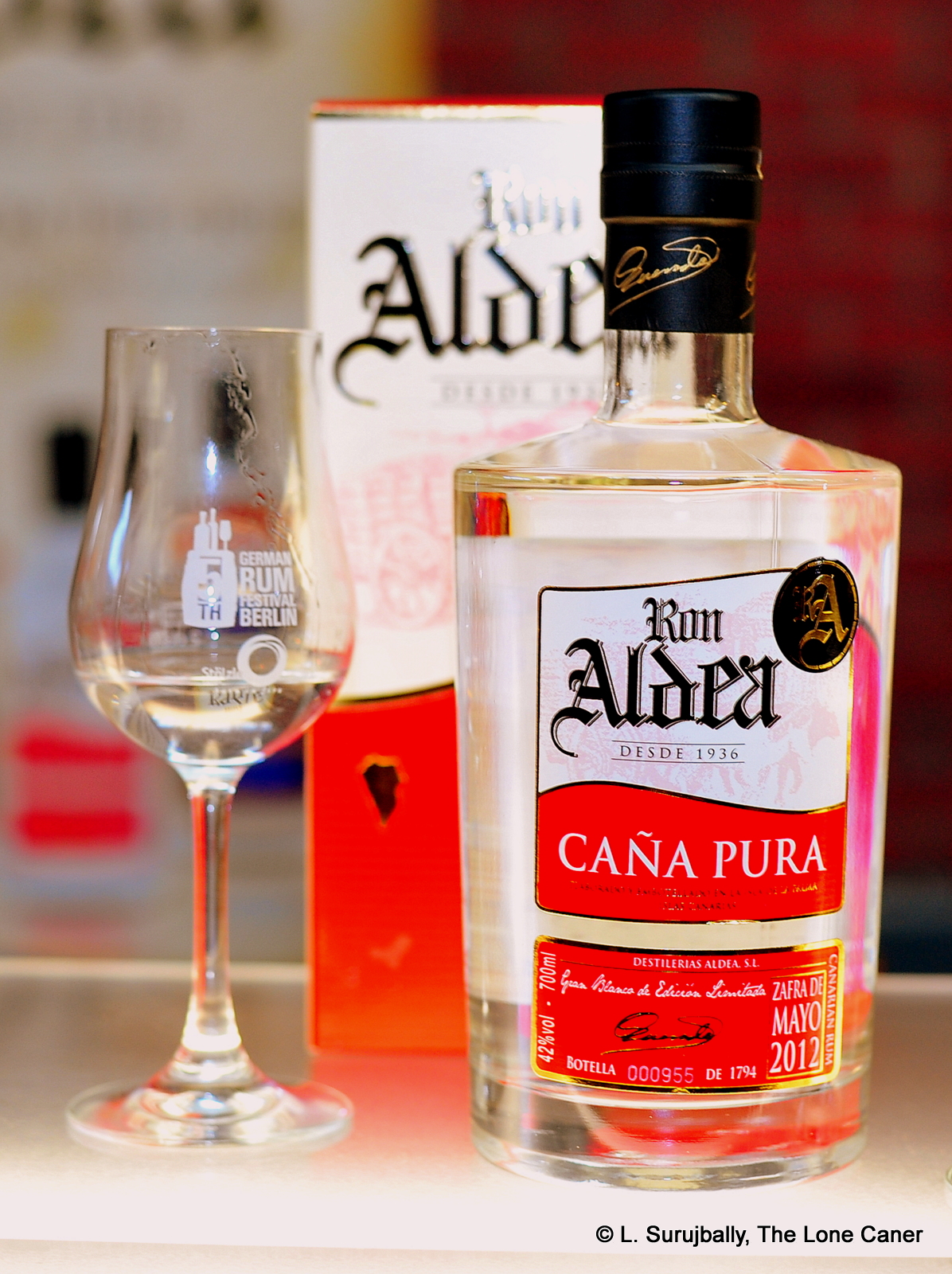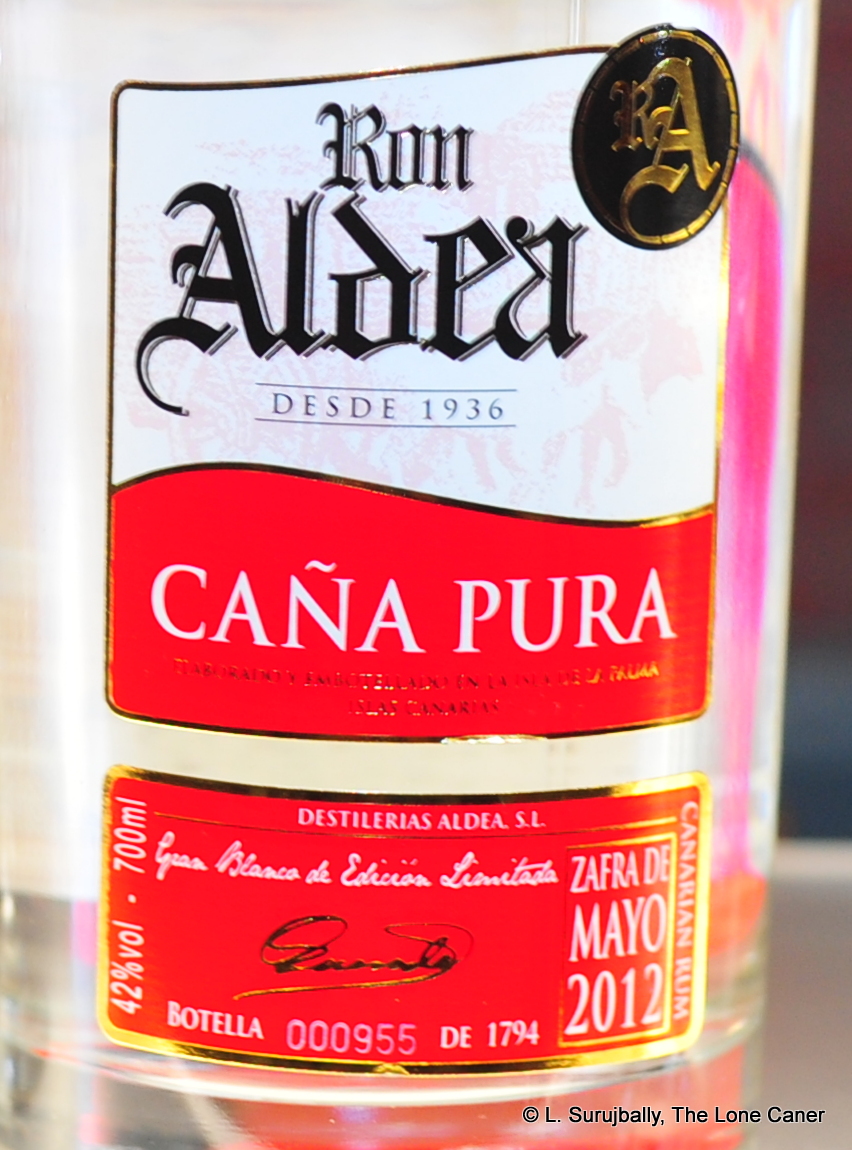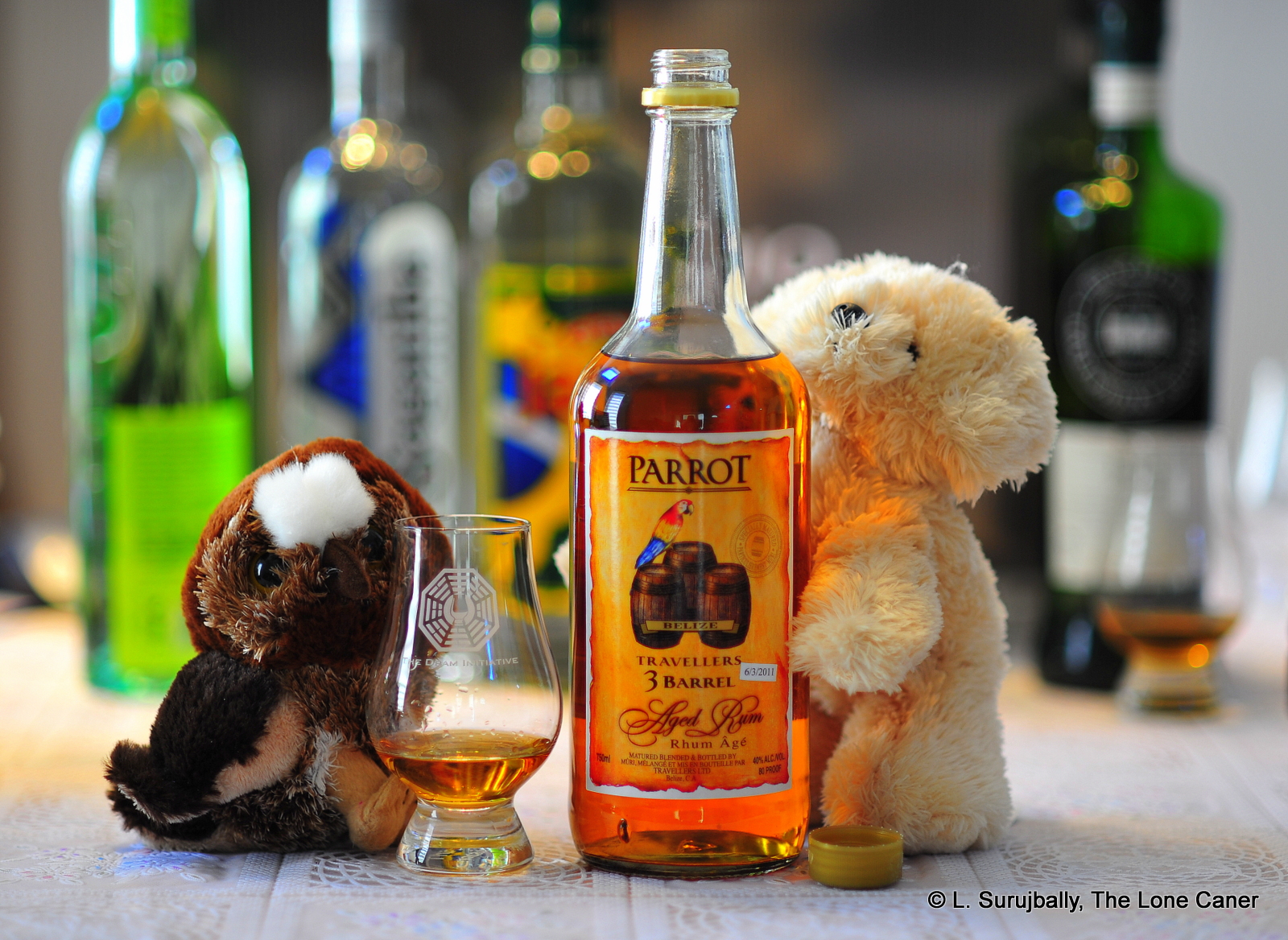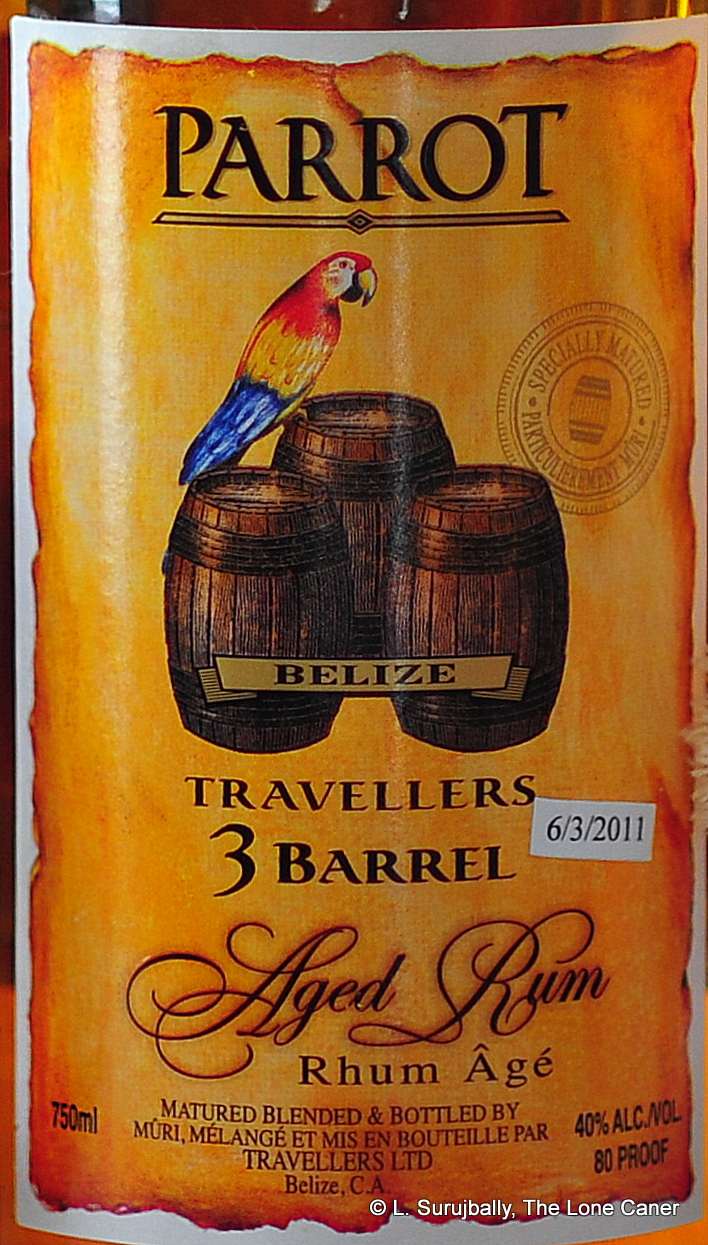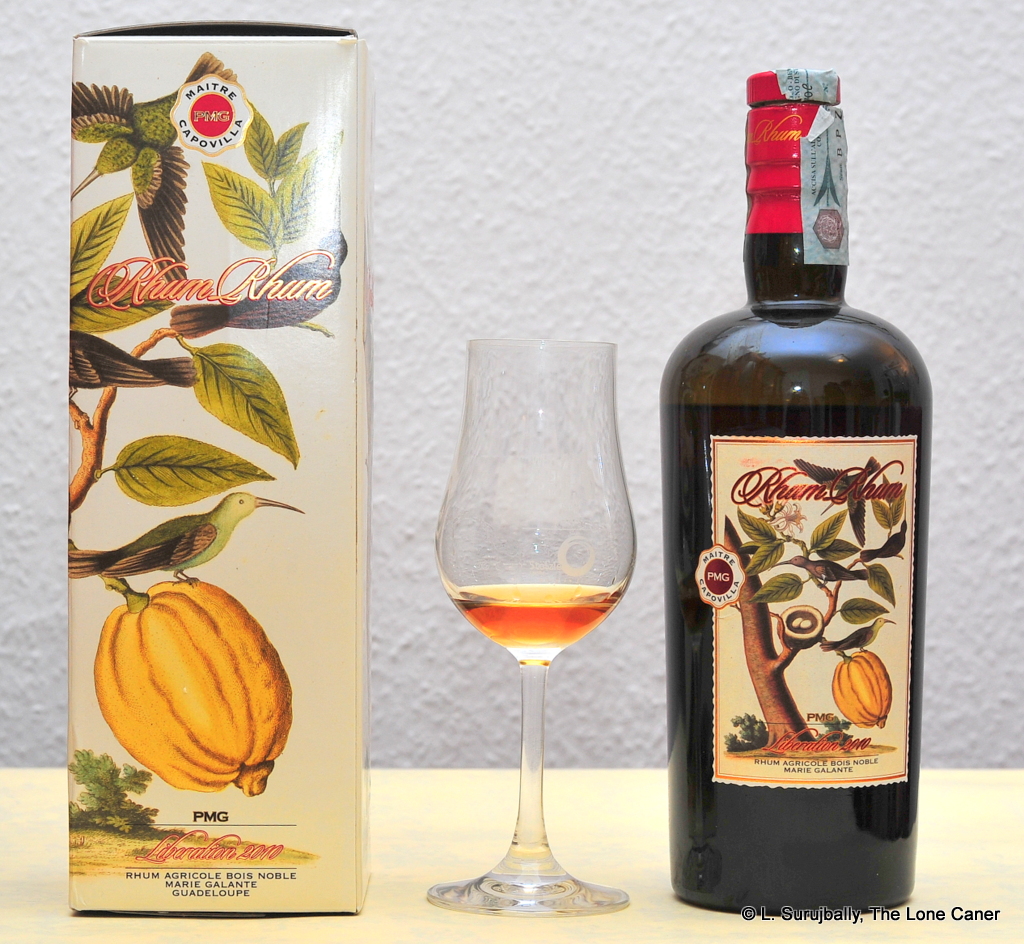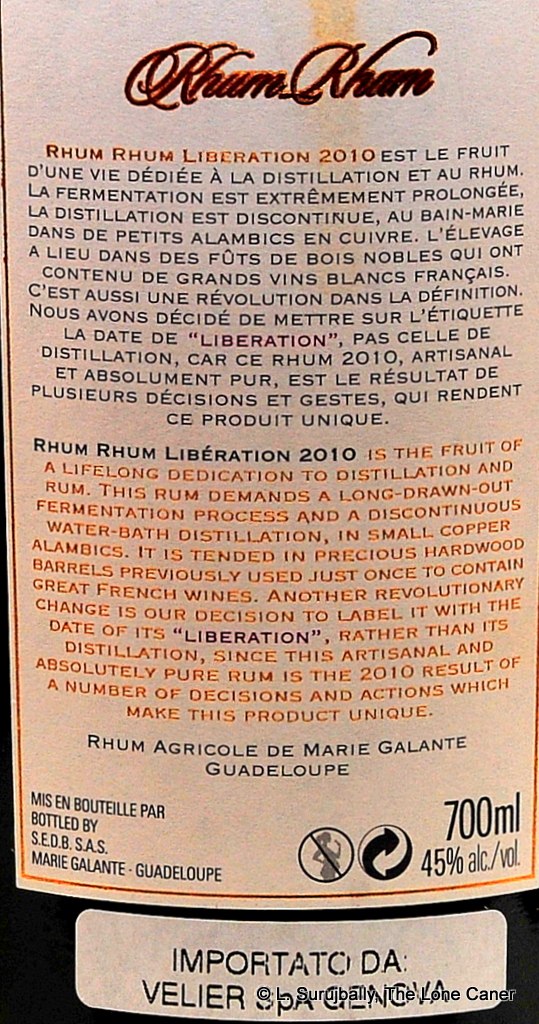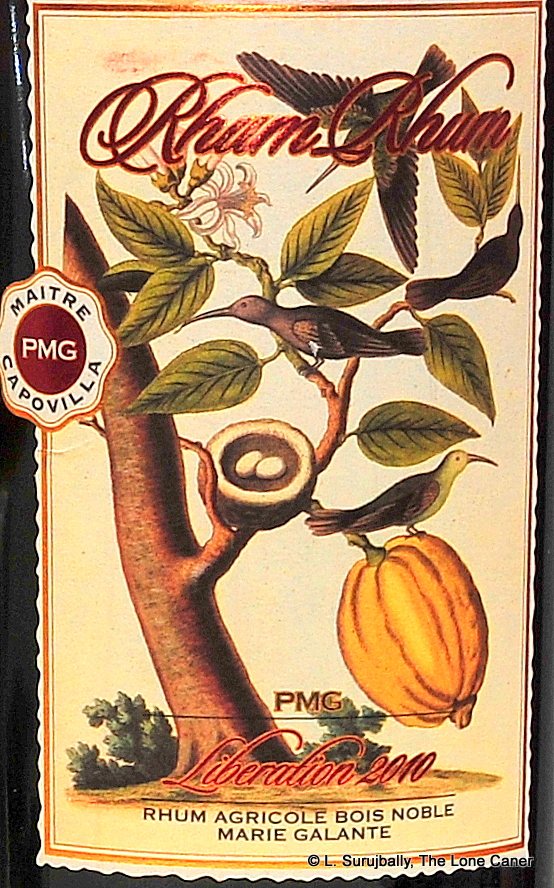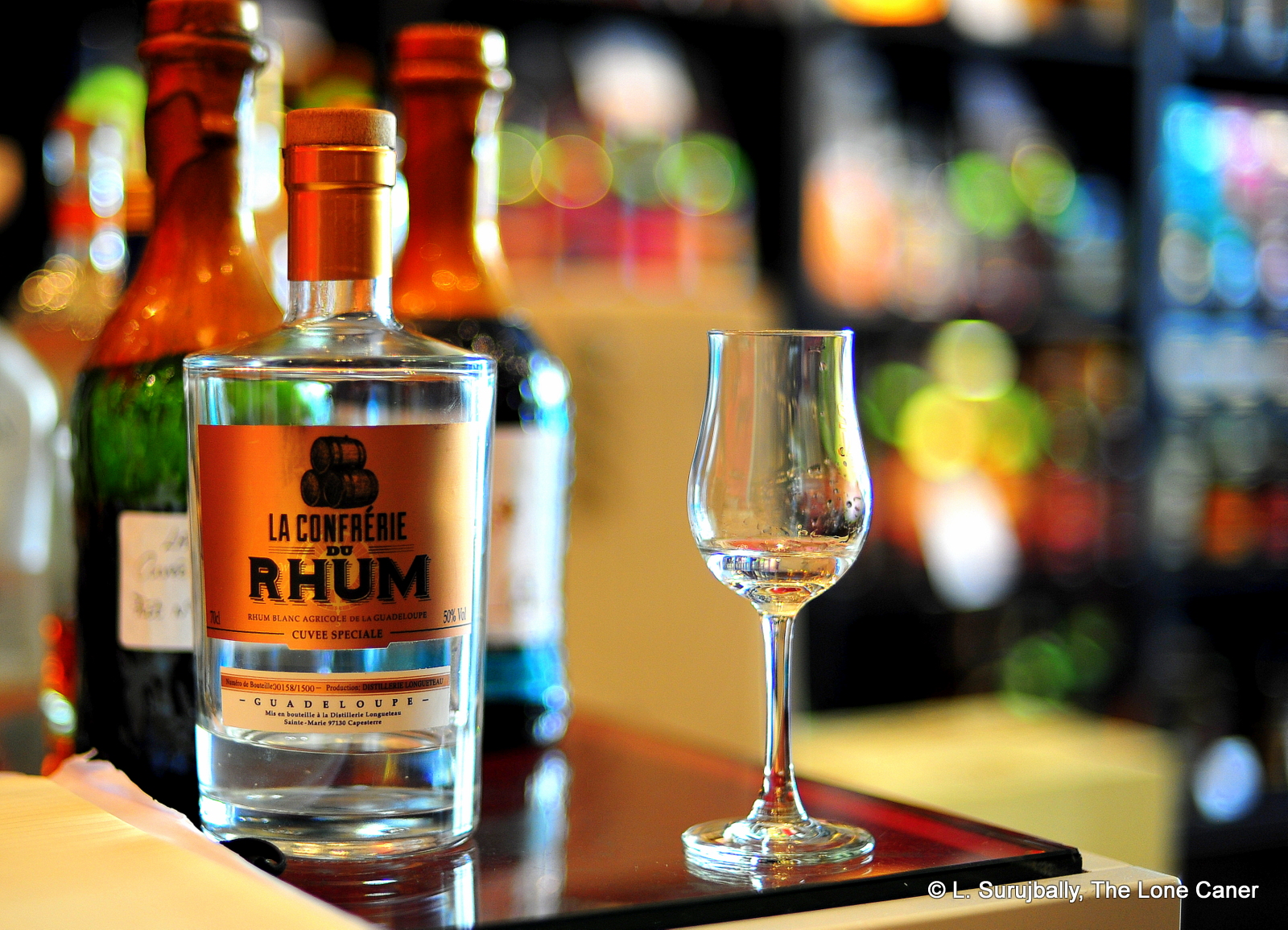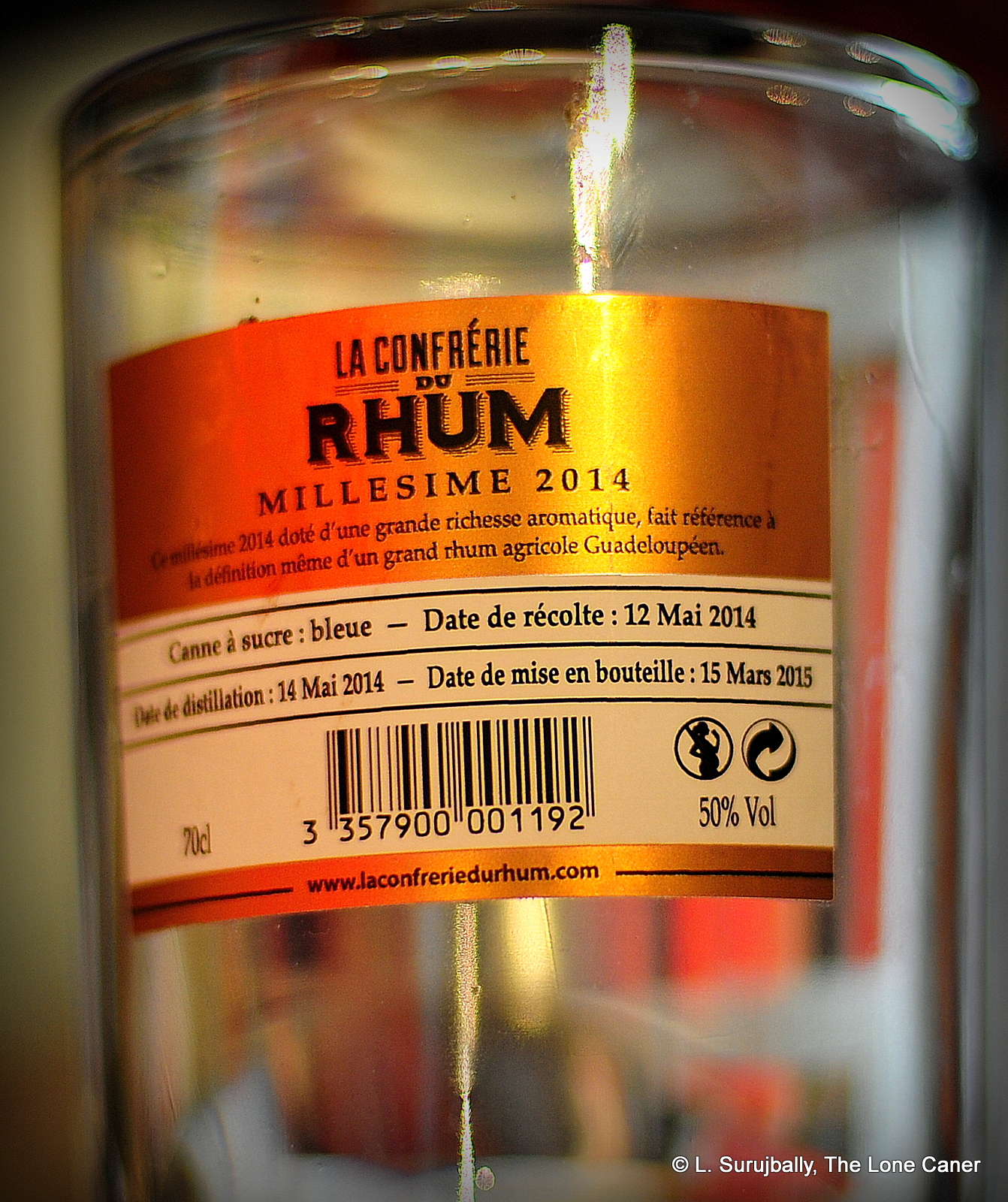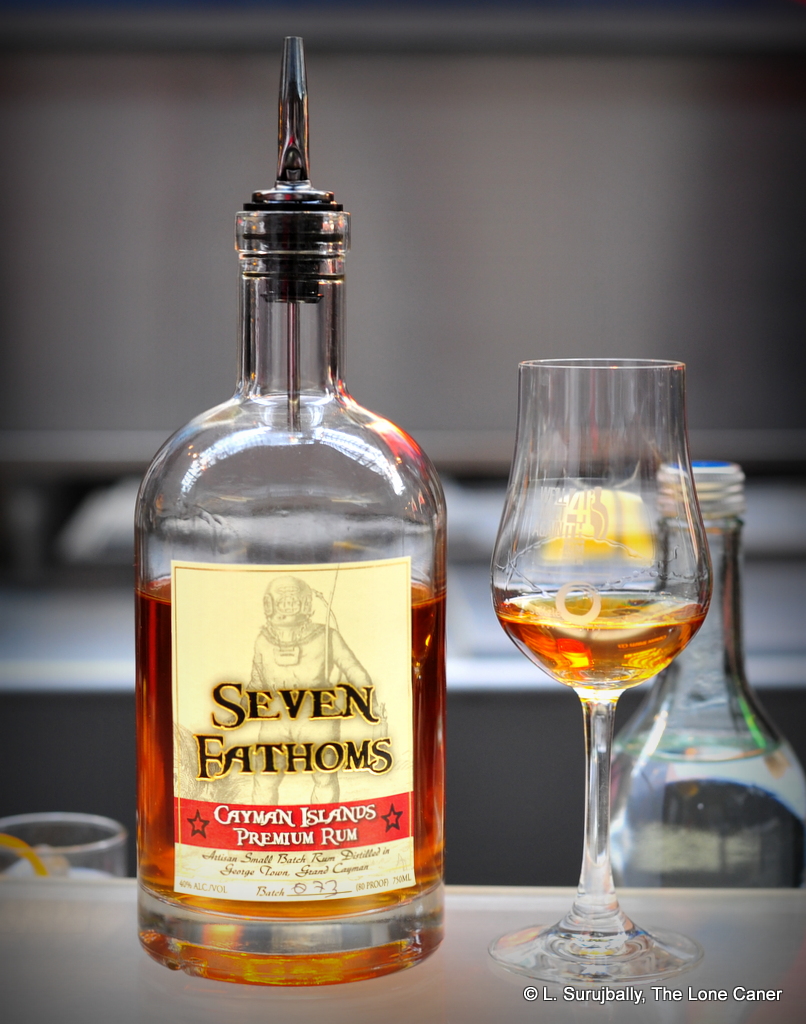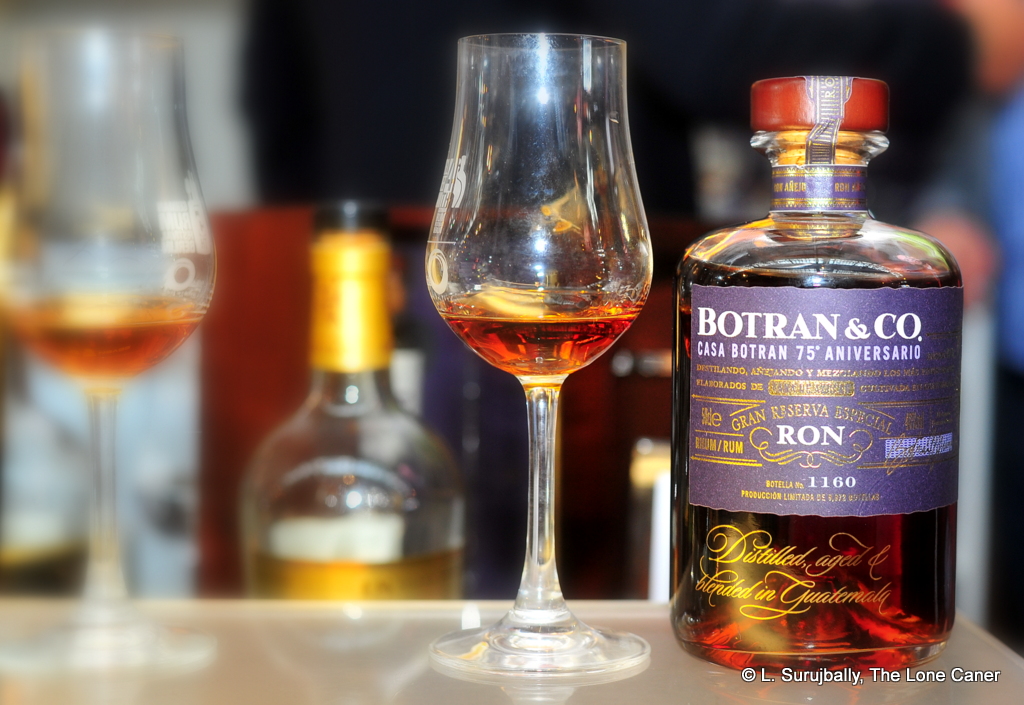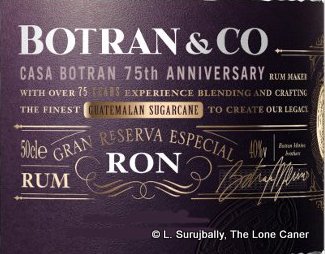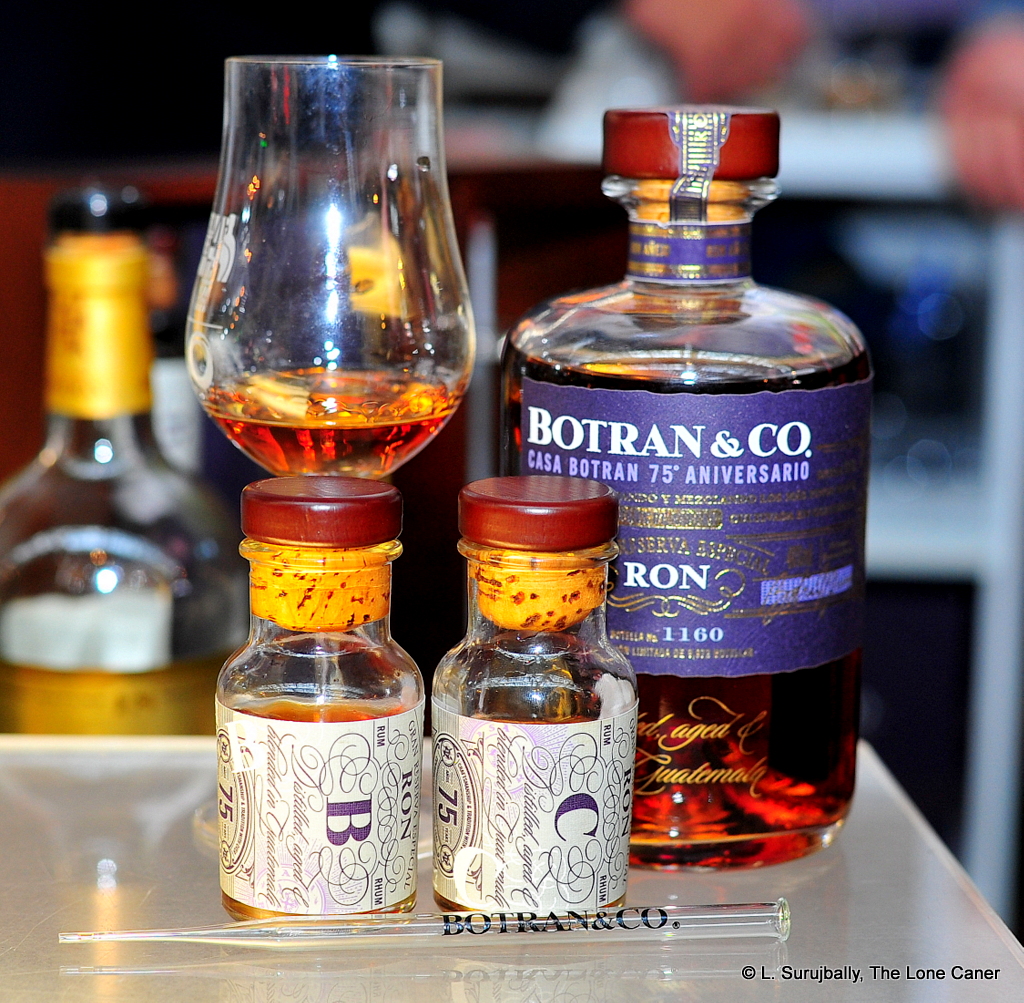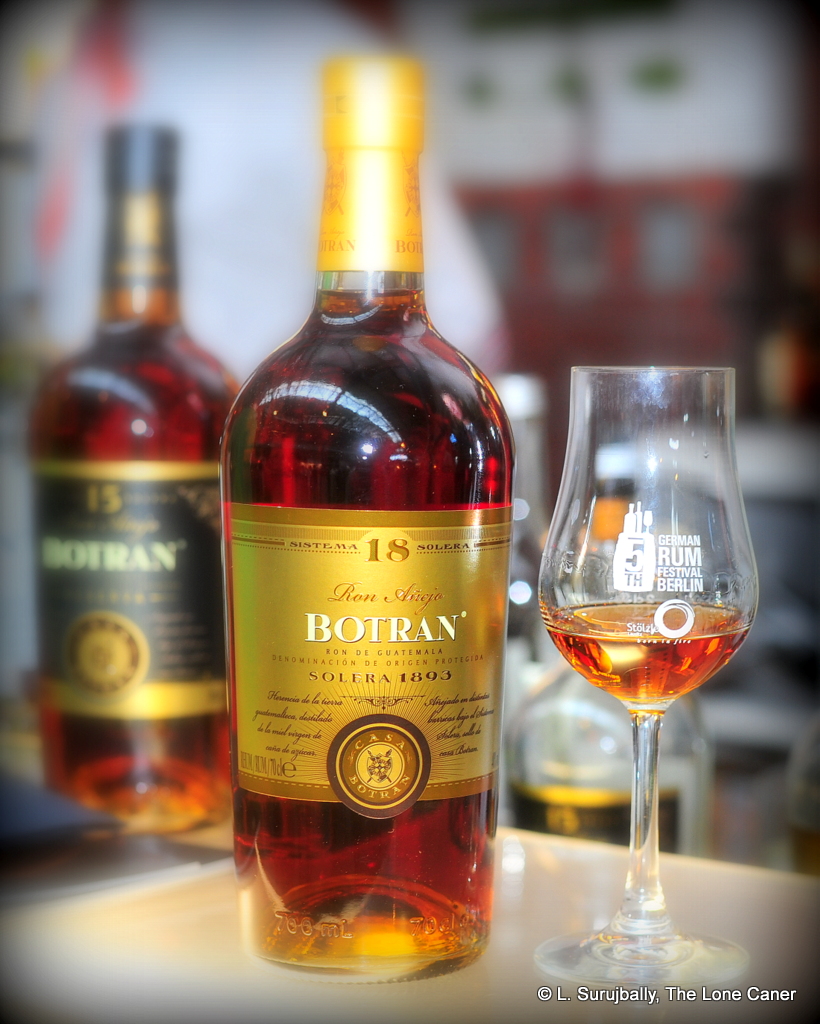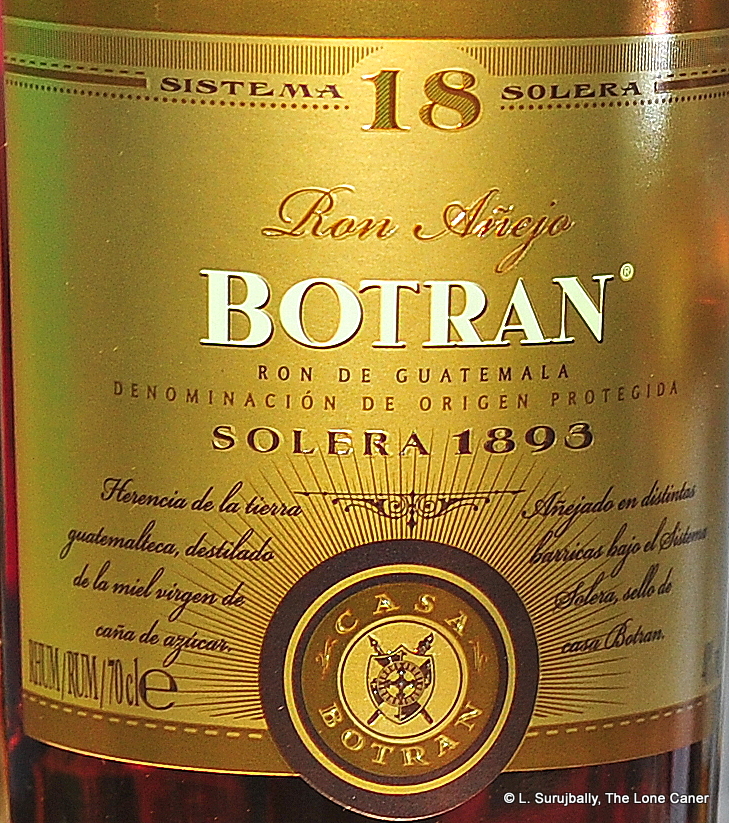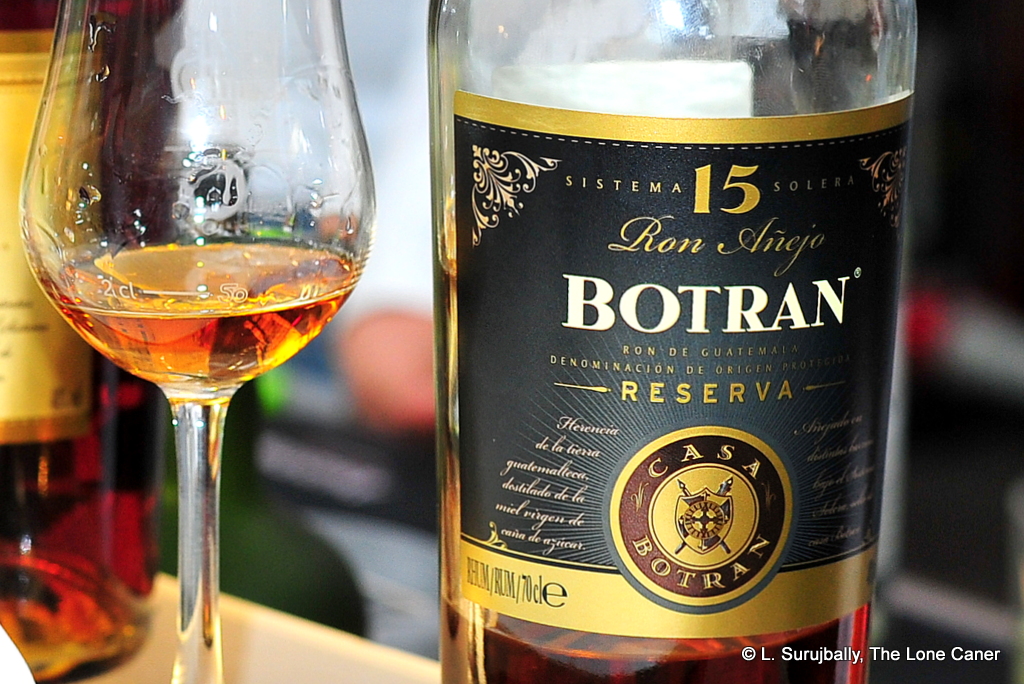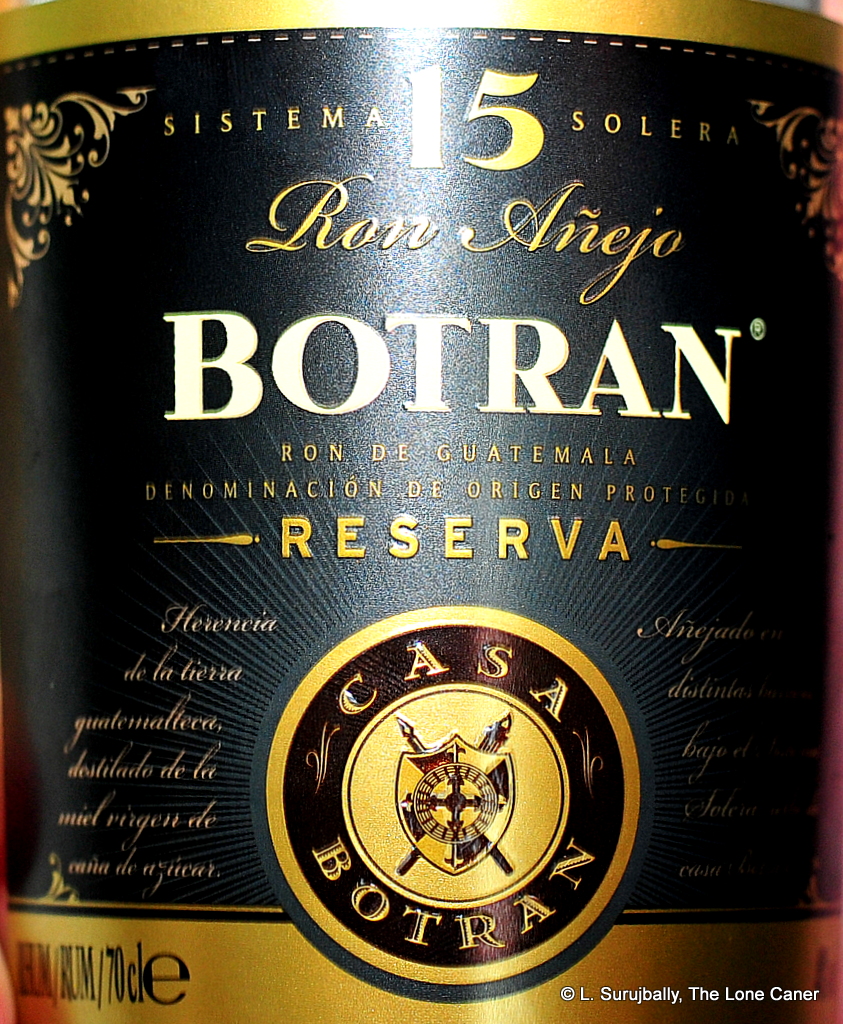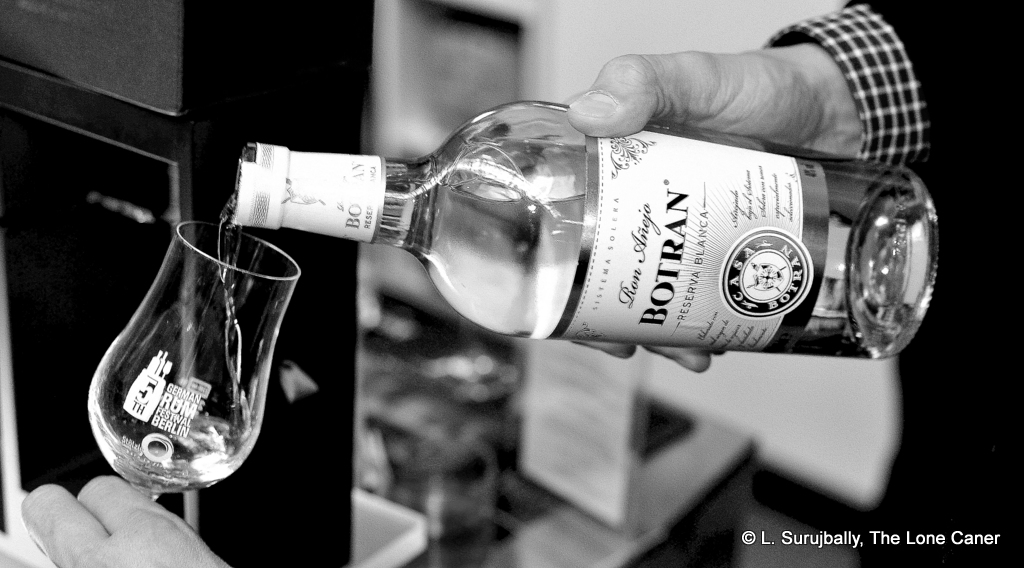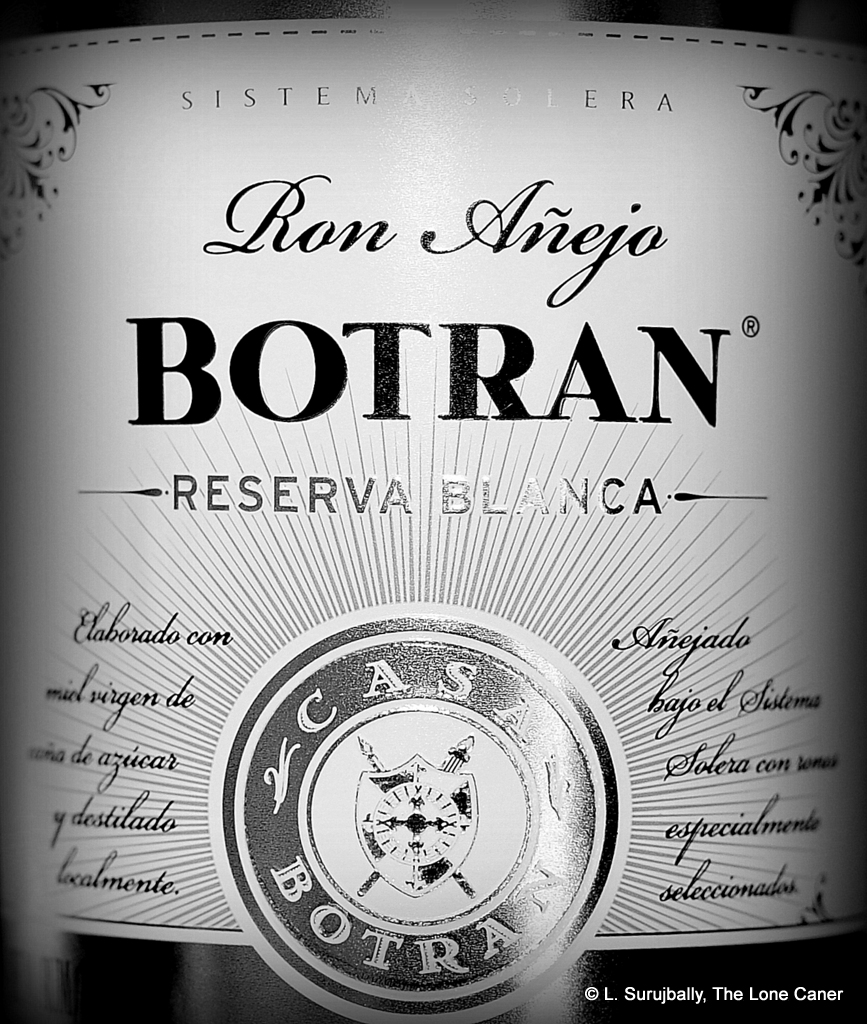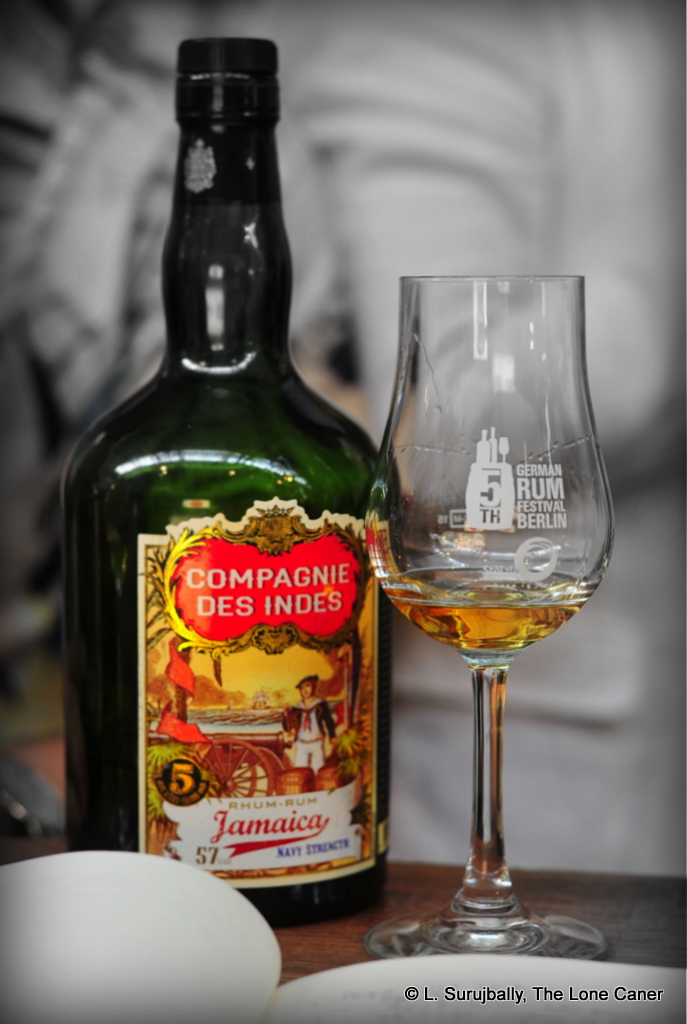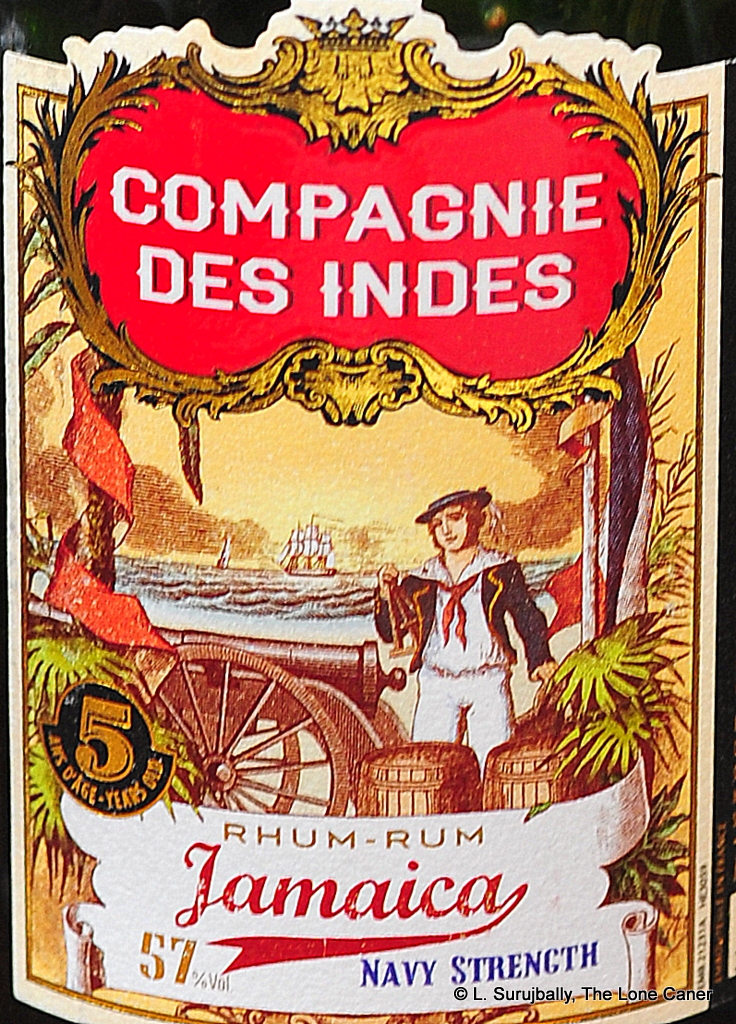Among the first Velier Demerara rums, eclipsed by its better-made brothers in the years that followed
#319
It’s become almost a game to ferret out the initial issuings of rums made by companies whose names are made famous by the passing of time. Back in 2000, who had ever heard of Velier outside of Italy? Yet even then, the company was forging into the future by issuing rums defiantly called full proof, although there could have been few who were entirely sure what the term meant. 40% ruled the roost, “cask strength” was for whiskies, and only the occasional Demerara rum from an independent bottler was to be seen anywhere, usually tucked away on a liquor shop’s dusty back shelves, almost with an air of embarrassment.
 The Velier-imported, Breitenstein-bottled Enmore 1987 full proof rum may have the distinction of being one of the very first of the Demerara rums Velier ever slapped its label on – certainly my master list in the company biography has few from Guyana issued prior to that. That might account for how at odds this rum tastes from other more familiar Enmores, and how strange it feels in comparison.
The Velier-imported, Breitenstein-bottled Enmore 1987 full proof rum may have the distinction of being one of the very first of the Demerara rums Velier ever slapped its label on – certainly my master list in the company biography has few from Guyana issued prior to that. That might account for how at odds this rum tastes from other more familiar Enmores, and how strange it feels in comparison.
Consider: the nose opened with some brief petrol smells, which dissipated rapidly. Then came pears and green apples, and creamed green peas, again gone in a flash. It was light and sweet in comparison to the other Enmores from Silver Seal and CDI I was sampling alongside it, and I dunno, it didn’t really work for me. Later aromas of cake batter dusted with icing sugar, caramel and toffee, cinnamon and some faint bitter chocolate were about all I could take away from the experience, and I really had to reach for those.
The palate was also something of a let-down. Sharp, salty, and somewhat thin, a surprise for the 56.6%, with such acidic tastes as existed being primarily lemon rind and camomile. With water some cinnamon buns grudgingly said hello. The rum as a whole was surprisingly demure and unassertive, with somewhat less than the nose promised coming through, even after an hour or so – vanilla and caramel of course, brown sugar, some light citrus peel, a melange of vague fruitiness that wasn’t cooperating, and that was pretty much it. Even the finish was hardly a masterpiece of flair and originality, just a slow fade, with some more allspice and toffee and vanilla coming together in a sort of tired way. It was certainly not the lush, rich and firm tropical profile that Luca’s subsequent rums prepared us for. I suspect that the rum was aged in Europe, not Guyana — the bottler, an old Dutch spirits-trading firm from the 1860s that morphed into DDL Europe in the later 2000s, was unlikely to have done more than provided Luca with a selection to chose from, aged in Holland. That might account for it, but I’m still chasing that one down since it’s my conjecture, not a stated fact.
Anyway, that’s what makes this something of a disappointment – one can’t help but compare it to the high bar set by rums that came later, because those are far more available and well-known…and better. In this Enmore we saw the as-yet-unharnessed and unpolished potential that matured in rums like the Port Mourant series (1972, 1974, 1975), the legendary Skeldon 1973 and UF30E, and the 1980s and 1990-series Enmores, Diamonds, Uitvlugts and Blairmonts. In 2000 Luca Gargano had a pedigree with wines and other occasional rums (like the Damoiseau 1980), and now in 2016 he is rightfully acknowledged as a master in his field. But I feel that when this rum was bottled, he was still a cheerful, young, long-haired, piss-and-vinegar Apprentice mucking about with his rum-assembly kit in the basement, knowing he loved rums, not being afraid of failure, but not yet having the complete skillset he needed to wow the world. How fortunate for us all that he stuck with it.
(82/100)
Other Notes
Thanks to Eddie K. who pointed out that there were in fact older Veliers issued in the 1990s by Thompson & Co. – so I changed the review (and the Makers rum listing) to reflect that this one is not the first.
*Breitenstein is a Holland-based trading company 100% owned by DDL, not a separate third party as I had initially thought.
